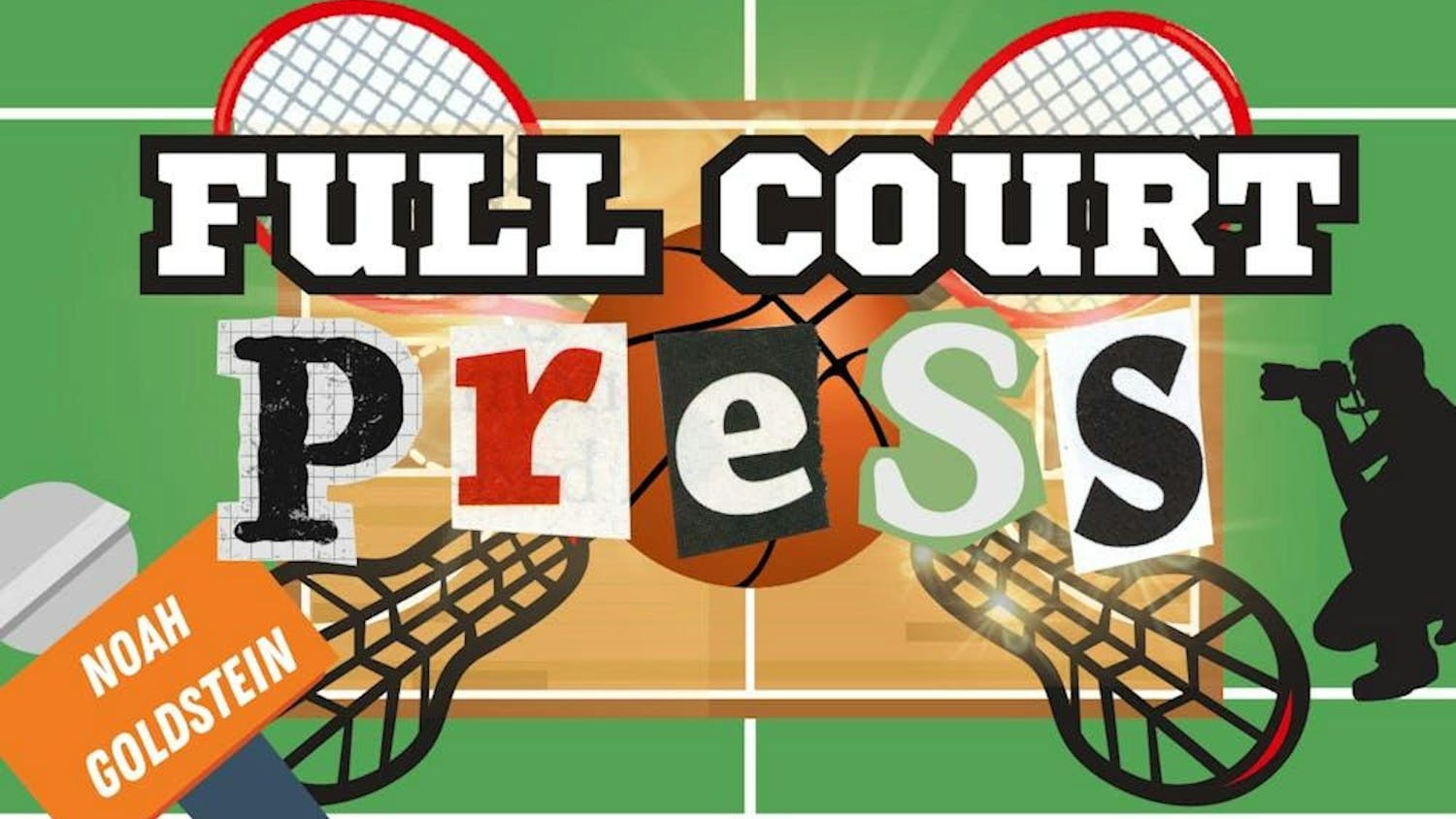On a recent trip with my film class to the Somerville Theatre, one of my classmates noted that we hadn't been asked for our IDs, something that she said normally happens to her, upon purchasing tickets for the R-rated movie we were planning to see.
And in a cliché turn of events, the absence of a fairly insignificant interaction got me thinking about how the nuances of the Motion Picture Association of America (MPAA) rating system works. Did someone say the nuances of global film rating systems? Buckle in, this is going to be quite the thrilling column this week!
I didn’t notice the lack of pre-movie carding because the MPAA rating system isn’t used back home, with many of the movies that would fall under the MPAA R rating instead falling under the British Board of Film Classification’s (BBFC) ‘15’ rating, so it has been a few years since I have been asked to prove my age at a cinema. What I find interesting about the two different systems is to what degree the guardian of the child’s opinion of what is appropriate can override the applied rating.
For clarity's sake I will go over the different ratings that make up the two systems. The MPAA rating system works as follows: G -- Appropriate for all audiences; PG -- Anyone may attend; PG-13 -- Individuals under the age of 13 must be accompanied by an adult; R -- Individuals under the age of 17 must be accompanied by an adult; NC-17 -- Only those 17 years and older admitted.
While the BBFC rating system used in the UK goes as follows: U -- Suitable for all audiences; PG -- Suitable for most audiences; 12A -- Children ages 12 and over may purchase tickets to these showings, children under 12 must be accompanied by a person over 18 to attend; 15 -- Only those 15 years or older admitted; 18 -- Only those 18 years or older admitted.
When comparing the two systems, it can seem that the British system is more restrictive than that of the U.S., where all of the ratings (excluding the very rarely used NC-17) allow for parents or guardians to make their own decision surrounding what is suitable for a child. In the past I had been in favor of the British system, as it has a ranking that sits in-between the pre-teen ranking (PG-13 and 12A, respectively) and the adult ranking (R and 18, respectively), giving what I feel is a more appropriate home to the Jonah Hill comedy du jour than R, but after doing some more research, I am less sure in my beliefs. Many directors have railed against the more restrictive rankings, with Alfonso Cuarón railing against Mexico's rating system when his debut film, "Y Tu Mamá También" (2001), was only allowed to be shown to audiences who were 18 and up, despite being about a road trip taken by two teenagers. Cuarón likened it to censorship in a New York Times article.
So once again, I ask you a question you are unable to respond to directly, should parents and guardians be the ones deciding what is appropriate for the viewer or the local government and film boards calling the shots?
Movie Theater Butter: Have your ID ready






